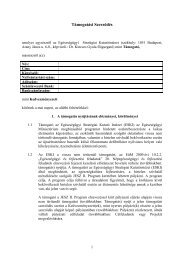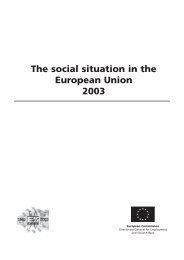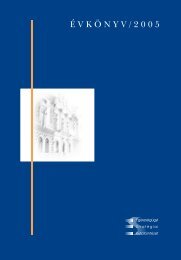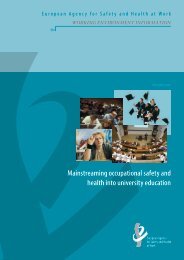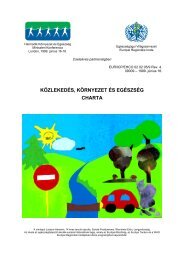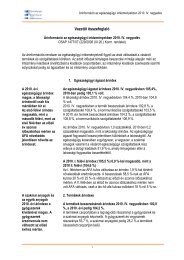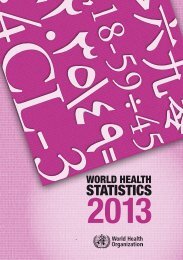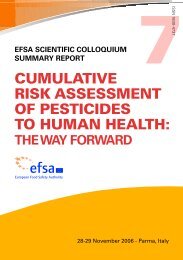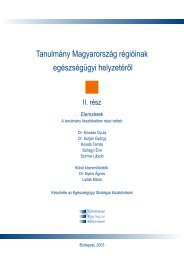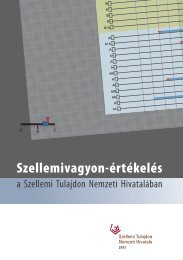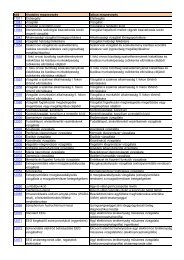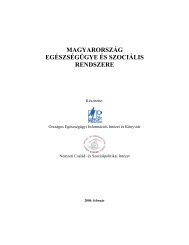WHO Technical Report Series, No. 981 - World Health Organization
WHO Technical Report Series, No. 981 - World Health Organization
WHO Technical Report Series, No. 981 - World Health Organization
Create successful ePaper yourself
Turn your PDF publications into a flip-book with our unique Google optimized e-Paper software.
<strong>WHO</strong> Expert Committee on Specifications for Pharmaceutical Preparations Forty-seventh report<br />
––<br />
Manufacturers: evaluation of quality risk through science-based<br />
decisions can be linked ultimately to protection of the patient by<br />
ensuring the quality, safety and efficacy of the product. A corporate<br />
culture is supported to produce cost-effective medicines, without<br />
compromising quality, while maintaining the focus on the patient<br />
as a primary stakeholder in all activities.<br />
■■<br />
Restrictive and unnecessary practices can be avoided:<br />
––<br />
MRAs: regulatory scrutiny should consider the level of risk to<br />
patients. Improvement and innovation by manufacturers should<br />
be encouraged.<br />
––<br />
Manufacturers: instead of having systems designed to inhibit<br />
change and minimize business risk, changes can be managed<br />
within a company's quality management system. Innovation and<br />
the adoption of the latest scientific advances in manufacturing and<br />
technology are supported. Unnecessary testing can be eliminated,<br />
for example, with real-time release testing.<br />
■■<br />
Communication and transparency are facilitated:<br />
<strong>WHO</strong> <strong>Technical</strong> <strong>Report</strong> <strong>Series</strong> <strong>No</strong>. <strong>981</strong>, 2013<br />
––<br />
MRAs: facilitate dialogue with pharmaceutical manufacturers<br />
and communicate clearly to the industry and the public how<br />
the inspection programme may be adjusted based on the risk to<br />
patients. Information-sharing between MRAs will contribute to a<br />
better risk management approach globally.<br />
––<br />
Manufacturers: matrix team approach, stakeholders are kept<br />
informed through science-based decisions. This builds a culture<br />
of trust and a “one-team” mindset with a focus on the product<br />
and the patient.<br />
These guidelines will align with the general framework described in other<br />
current international guidance on this subject.<br />
1.2 Principles of quality risk management<br />
It is not always appropriate nor always necessary to use a formal risk management<br />
process (using recognized tools and/or internal procedures, e.g. standard<br />
operating procedures (SOPs)). The use of an informal risk management process<br />
(using empirical tools or internal procedures) can also be considered acceptable.<br />
The two primary principles of QRM are that:<br />
■■<br />
The evaluation of the risk to quality should be based on scientific<br />
knowledge and ultimately linked to the protection of the patient.<br />
64



